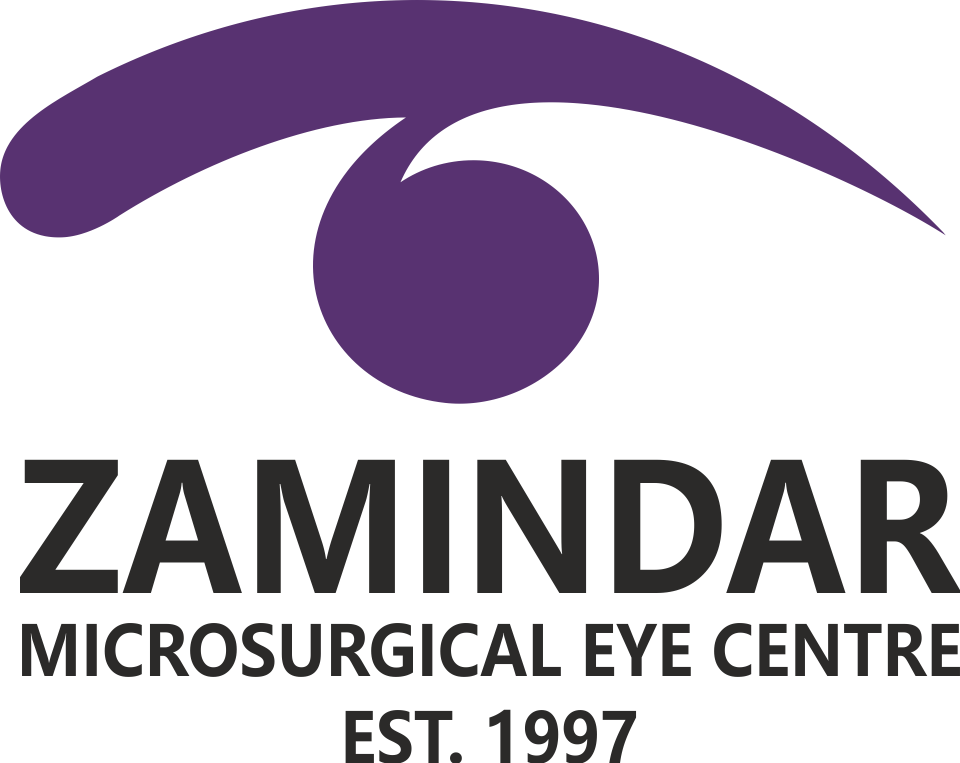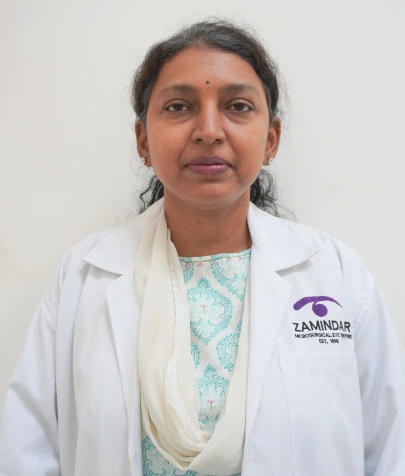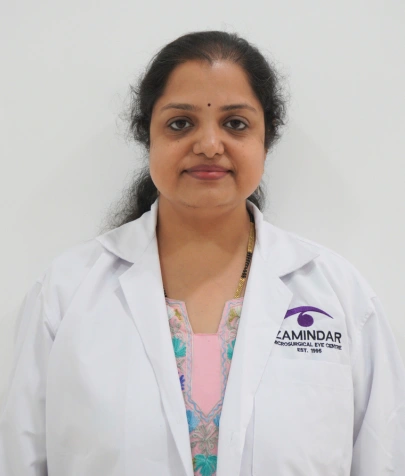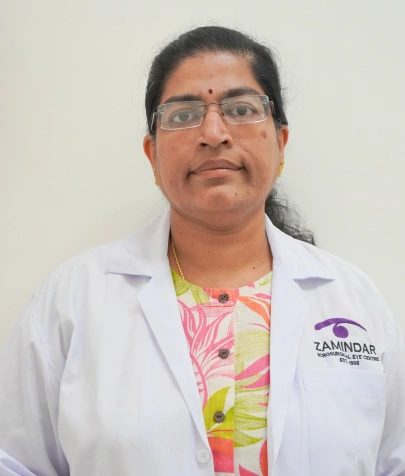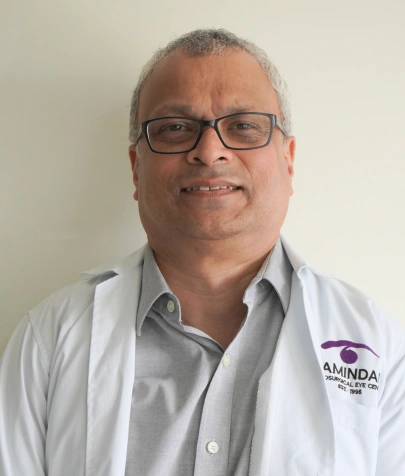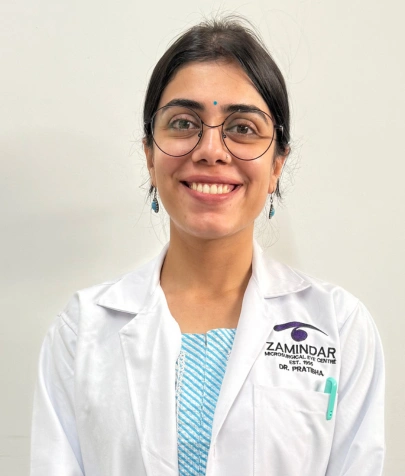
Dry eye syndrome is a common issue affecting many people. Air conditioning, humidifiers, contact lenses, and prolonged computer usage are a few examples of modern lifestyle factors that frequently contribute to it.
This condition occurs when there is insufficient tear production or when existing tears evaporate quickly. IRPL is an effective treatment that helps alleviate dry eye syndrome.
What Causes Dry Eye Syndrome?
The tear film, which keeps our eyes moist and relaxed, comprises three layers: lipid, aqueous, and mucin layer. The lipid layer components are secreted by the Meibomian glands. When the meibomian glands do not function properly, the tear film becomes unstable, and dry eye symptoms occur. Intense Regulated Pulsed Light (IRPL) treatment is one of the most promising treatments for this condition.
What is IRPL?
Intense Regulated Pulsed Light (IRPL) is an advanced treatment invented to address the causes of dry eye syndrome. It uses a xenon arc lamp to generate precise pulses of light, targeting the meibomian glands in the eyelids. These glands are essential for producing meibum, the oily substance that forms the outermost layer of the tear film and helps prevent tears from evaporating too quickly.
How Does IRPL Work?
IRPL treatment stimulates the meibomian glands to produce and release meibum more effectively. Here’s a closer look at the process:
1. Stimulation of Meibomian Glands:
The controlled pulses of light from the IRPL device encourage the glands to secrete meibum, improving the stability of the tear film and reducing evaporation.
2. Procedure Details:
- Patient Preparation: The treatment begins with the patient in a reclined position, ensuring they are comfortable and relaxed. Protective eyewear is provided to guard the eyes from the bright light pulses.
- Application of Gel: A water-based gel is applied to the lower lid to prevent allergies. This gel helps in the effective transmission of light pulses and safeguards the skin.
- Light Pulse Delivery: The IRPL device delivers pulsed light sequentially to the targeted meibomian glands. This specific targeting helps revive the glands and improve their function. Ask ChatGPT
3. Effectiveness:
Many people see progress in their symptoms by the second session. A course of treatments is recommended for the best results.
Benefits of IRPL treatment
IRPL treatment offers significant benefits and solutions for patients with dry eye syndrome.
- Quick Relief: Patients usually experience comfort and relaxation from dry eye symptoms following the treatment.
- Non-Invasive: Unlike other surgical options, IRPL treatment requires no incision or healing time. It is a safer alternative and non-invasive, which ensures healthy eyes.
- Enhanced Comfort: IRPL treatment helps maintain a safe and healthy tear film by improving the function of the meibomian glands, minimising dryness and discomfort. Ask ChatGPT
Diagnostic Tools Complementing IRPL
Before starting IRPL treatment, a comprehensive assessment is necessary to understand the magnitude of the dry eye condition. It involves:
- Meibomography: These imaging techniques facilitate thorough view of the meibomian glands, aiding in the diagnosis of any dysfunctional glands.
- Tear Film Analysis: Advanced tools such as Placido disc-based topographers measure the thickness of the lipid layer and the height of the tear meniscus. They provide a complete view of tear film health. Ask ChatGPT
Conclusion
IRPL is a significant advance in the treatment of dry eye syndrome. By targeting and improving the function of the meibomian glands, IRPL treatment helps restore tear film integrity and prevents dry eye symptoms. This approach provides a safe, quick, and effective solution for treating dry eye syndrome and improving patients’ vision.
IRPL treatment offers hope and relief to many people suffering from dry eye syndrome by identifying and addressing the underlying causes. Its efficacy and safety make it popular among patients and eye care professionals.
For more information, click here.
